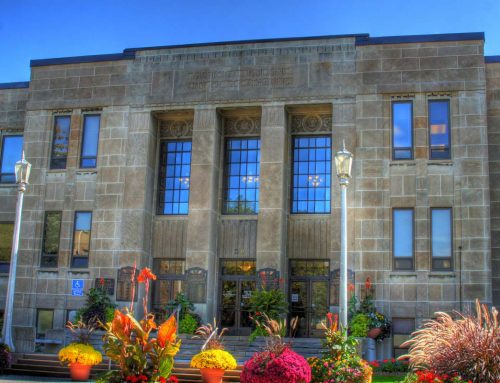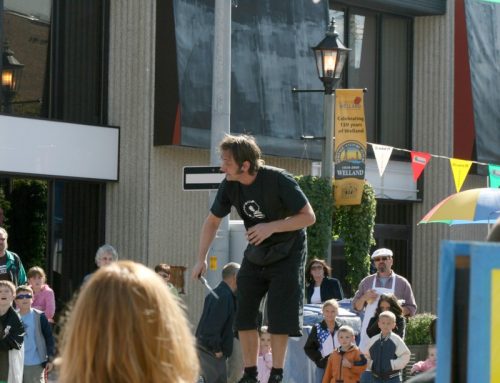Having a religious affiliation is believed to be of benefit to the individual, but also supports building social networks, civic engagement and voluntarism in a region. Philanthropy in the form of volunteering time or donating money is encouraged by all major religions. In the 2008 General Social Survey (GSS) by Statistics Canada, 20% of the population of Ontario and 16.7% of the Canadian population reported they participated in a religious organization in the last 12 months.
2004 findings suggest those who attend religious services are more likely to volunteer their time than those who do not (62% vs. 43%) and they volunteer more time (229 hours vs. 147 hours). Those who attend religious services weekly are 19% of the population and they give 35% of all volunteer hours in Canada Source: Statistics Canada, Canadian Survey of Giving, Volunteering and Participating, 2004
In Niagarain 2001, 84.09% reported they had a religious affiliation, and 15.65% reported they had no religious affiliation. In this study, the term affiliation was not a measure of the level of affiliation or how current or active the engagement was. Niagara reported more religious affiliation than most other regions and municipalities in the province. Source: Statistics Canada Census 2001, Community Profiles
Changes in religious mix in Canada and future projections: The growth trajectories of religious mix in Canada and for selected census metropolitan areas 2006 to 2031 were developed by Mata Policy Research Group in 2010 using the micro-simulation population projections carried out by Statistics Canada and released in March, 2010. http://ir.lib.uwo.ca/wmc/2011/posters/11/
Religious Mix-Growth in Canadian Cities the projected data 2006-2031 (Mata, Dept. Canadian Heritage): states:
- Non-Christian to Christian ratio will double 2006-2031 (from 15 to 30 per 100)
- The “no religion” to “religion” ratio will remain stable at about 26 per 100 by 2031
- Non-Christian to Christian ratios will be equal or higher than 45 per 100 in cities such as Vancouver, Toronto, Abbotsford by 2031
- “Overall findings suggest that greater intra-Christian and intra-Non Christian diversity will be seen across cities of various sizes and geographies and they will co-exist with the more secular pattern of reporting No- religion in the next two decades” (p. 2).
- By 2031, 37% will have Catholic affiliations; 21% Protestant ones; 15% non-Christian affiliations; and 16% no religion.
- The largest Christian group will be Catholics, concentrated in 33 metropolitan areas where 74% of the Canadian population will live ( 9.2 million/2006; 10.7 million/2031)
- The largest non-Christian group, with Muslim affiliations will increase at a faster rate, growing from less than 1 million in 2006 to 2.7 million by 2031.
- It is also postulated that “shifts in the religious mix will present important challenges for the development of welcoming and inclusive programs strengthening Canadian identity in very plural religious environments” (p. 3).
Table 10.1
| Area | 2006(‘000) | Projected Pop.2031 (‘000) | 2006ratio | 2011ratio | 2016ratio | 2021ratio | 2026ratio | 2031ratio |
| St. Catharines-Niagara: Non Christian to Christian ratio | 404 | 433 | 3.0 | 4.3 | 5.2 | 6.2 | 7.5 | 8.5 |
| All CMA’s: Non Christian to Christian | 22,141 | 31,032 | 15.0 | 18.2 | 21.2 | 24.2 | 27.2 | 30.1 |
| St. Catharine’s- Niagara: No religion to religion ratios | 404 | 433 | 19.2 | 20.5 | 21.9 | 23.3 | 24.4 | 25.9 |
| All CMAs: No religion to religion ratios | 22,141 | 31,032 | 22.1 | 23.2 | 24.1 | 25.0 | 26.7 | 26.4 |
Source: http://www.statcan.gc.ca/pub/91-551-x/91-551-x2010001-eng.pdf
Stats Can – Table A2: Projections of the Diversity of the Canadian Population
Note: The many religious groups in Niagara provide spiritual care, social connections, donations and voluntarism in their own community and in the wider Niagara community.









